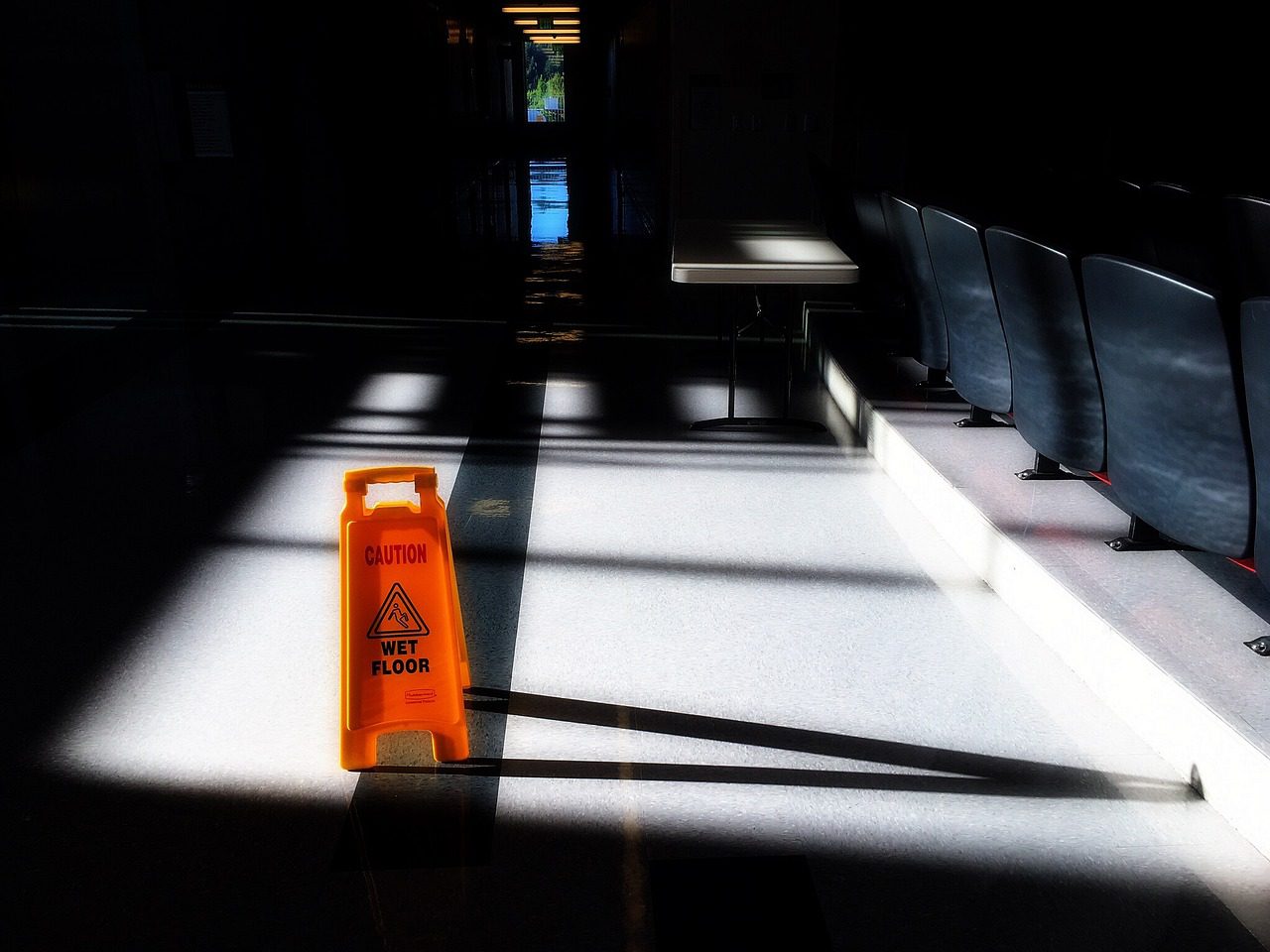Children, staff, and parents expect educational institutions to provide a clean and healthy environment for learning. A well-maintained and hygienic school boosts academic performance, reduces the spread of illnesses, and helps students develop healthy habits. In this article, we discuss the essential aspects of school cleaning, focusing on various areas and practices to achieve the desired results.
Importance of School Cleaning
While cleanliness is desirable in every setting, it is particularly crucial in schools. Showpiece Commercial Sydney note that a clean school lowers the chances of students and staff contracting infections, leading to fewer sick days and improved academic performance. Cleanliness also creates a more appealing atmosphere, promoting a positive image of the institution and fostering a sense of pride and ownership among students and staff.
Classrooms Require Attention
As the primary spaces for teaching and learning, classrooms must be kept clean at all times. Regular cleaning of surfaces, desks, chairs, and teaching tools such as whiteboards and markers is essential. Dust and grime can accumulate and cause allergies or breathing problems, so floors and windows should be swept and wiped regularly. Additionally, proper waste disposal practices should be implemented to prevent clutter and maintain a tidy environment.
Hygiene in Restrooms
Clean restrooms are vital to overall school hygiene. Dirty restrooms can become breeding grounds for bacteria and viruses, presenting significant health risks to students and staff. To maintain cleanliness in school restrooms, they should be regularly cleaned and disinfected, focusing on high-touch surfaces such as doorknobs, toilet handles, and faucets. Additionally, ensure soap dispensers are always full and functioning to promote handwashing habits among students.
Sanitize Cafeterias and Kitchens
The cafeteria and kitchen are critical areas to maintain hygiene, as students and staff eat and drink there throughout the day. To protect against foodborne illnesses, all surfaces must be thoroughly cleaned and disinfected, including countertops, tables, chairs, and kitchen equipment. Floors should be mopped daily to minimize the chance of slips and falls from spills or dropped food items. Moreover, strict handwashing protocols must be enforced for food handlers to help prevent the spread of germs.
Focus on High-touch Surfaces
High-touch surfaces such as doorknobs, light switches, handrails, and shared objects deserve special attention in school cleaning routines, as they can harbor bacteria and viruses. Incorporate frequent sanitation in the cleaning schedule, paying close attention to these areas, to prevent the risk of spreading illnesses. Using effective cleaning and disinfecting products ensures that germs are effectively eliminated, promoting a healthier environment for everyone.
Establish a Cleaning Schedule
Developing and implementing a detailed cleaning schedule ensures that all aspects of school cleaning are covered, preventing overlooked areas that may contribute to the spread of germs. This schedule should include daily, weekly, and monthly tasks, detailing the frequency of cleaning various areas and items. By sticking to this schedule, the school will not only maintain a consistent and safe level of cleanliness, but also create an easily identifiable routine for cleaning staff to follow.
Encourage Cleanliness Among Students
Teaching students the importance of cleanliness and personal hygiene contributes to maintaining a clean school environment. Educating them about proper handwashing techniques, covering their mouths when sneezing or coughing, and keeping their personal spaces tidy can significantly reduce the spread of germs. Making cleanliness a shared responsibility teaches them valuable life skills and facilitates the development of healthy habits both inside and outside the classroom.
Conclusion
Ensuring a clean and healthy school environment is vital for promoting the well-being and success of students and staff. By implementing regular and thorough cleaning practices, focusing on high-traffic and high-touch areas, and encouraging personal responsibility for cleanliness, you can create a safe and nurturing learning space that allows everyone to thrive.



































